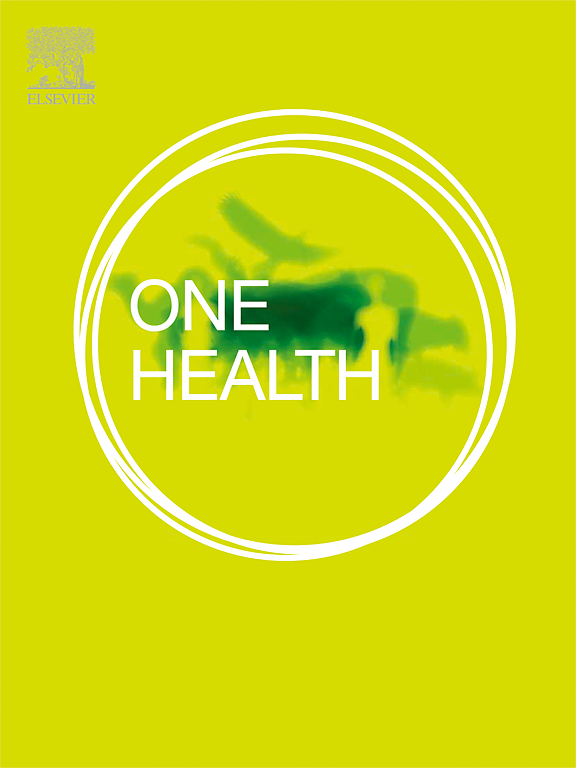中国北京动物园人工饲养的野生动物体内生物肠虫寄主范围扩大的分子证据
IF 4.1
2区 医学
Q1 INFECTIOUS DISEASES
引用次数: 0
摘要
本文章由计算机程序翻译,如有差异,请以英文原文为准。

Molecular evidence of host range expansion of Enterocytozoon bieneusi in captive wildlife at Beijing Zoo, China
Enterocytozoon bieneusi has become a significant public health concern due to its ability to infect both humans and animals on a global scale. However, there is a paucity of epidemiological data regarding this pathogen in captive wildlife. In this study, 445 fecal samples were collected from captive animals at Beijing Zoo and analyzed using PCR targeting the internal transcribed spacer (ITS) of the nuclear ribosomal DNA of E. bieneusi. The overall prevalence was determined to be 7.0 % (31/445), with infection rates of 7.1 % (23/322) in mammals and 6.5 % (8/123) in Aves. Genotypic characterization 12 distinct genotypes, including 11 known genotypes belonging to Groups 1 (EbpA, PigEBITS7, D, HND-1, SC02, CM16, MJ13), 2 (BEB6), 7 (CM 4), and 13 (CHB1, CHK1), along with one novel genotype (BJZ-1) in Group 1. The detection of zoonotic genotypes from Groups 1 and 2 underscores the potential for cross-species transmission between captive wildlife and humans. Notably, this study presents the first molecular identification of E. bieneusi in caracals, polar bears, giant anteaters, and grey herons, thereby significantly expanding the known host range of this pathogen. These findings emphasise the necessity of implementing One Health surveillance strategies to monitor and mitigate zoonotic risks at the human-animal interface.
求助全文
通过发布文献求助,成功后即可免费获取论文全文。
去求助
来源期刊

One Health
Medicine-Infectious Diseases
CiteScore
8.10
自引率
4.00%
发文量
95
审稿时长
18 weeks
期刊介绍:
One Health - a Gold Open Access journal.
The mission of One Health is to provide a platform for rapid communication of high quality scientific knowledge on inter- and intra-species pathogen transmission, bringing together leading experts in virology, bacteriology, parasitology, mycology, vectors and vector-borne diseases, tropical health, veterinary sciences, pathology, immunology, food safety, mathematical modelling, epidemiology, public health research and emergency preparedness. As a Gold Open Access journal, a fee is payable on acceptance of the paper. Please see the Guide for Authors for more information.
Submissions to the following categories are welcome:
Virology,
Bacteriology,
Parasitology,
Mycology,
Vectors and vector-borne diseases,
Co-infections and co-morbidities,
Disease spatial surveillance,
Modelling,
Tropical Health,
Discovery,
Ecosystem Health,
Public Health.
 求助内容:
求助内容: 应助结果提醒方式:
应助结果提醒方式:


